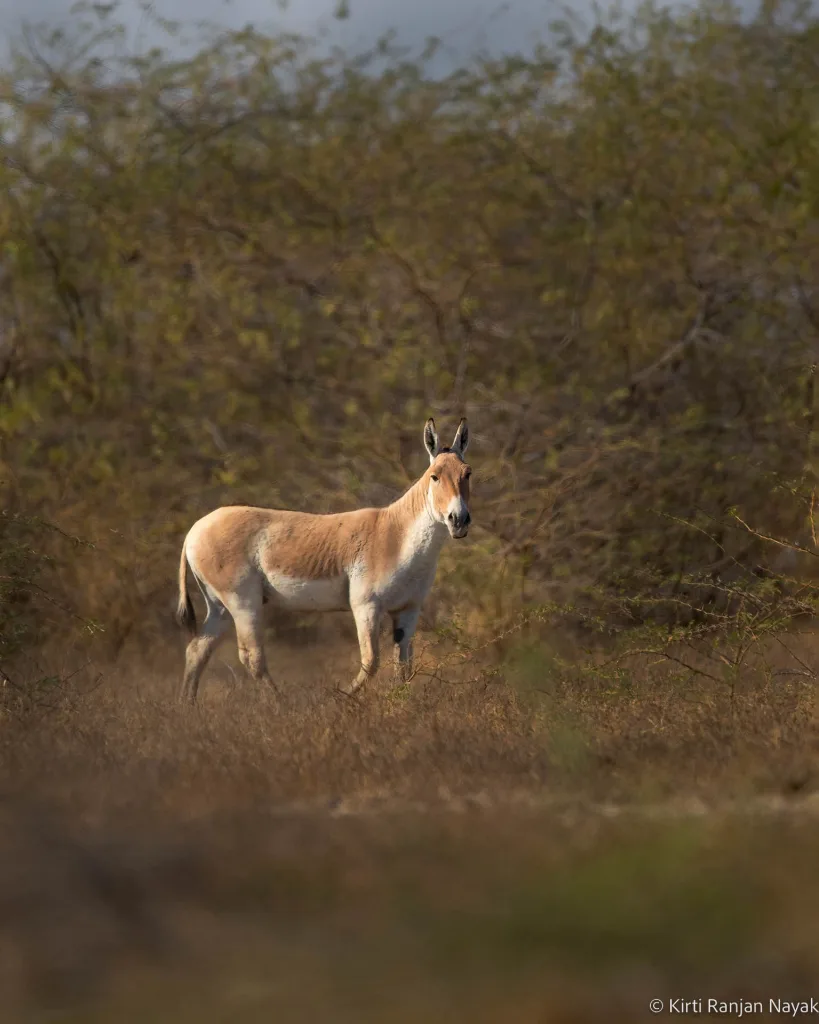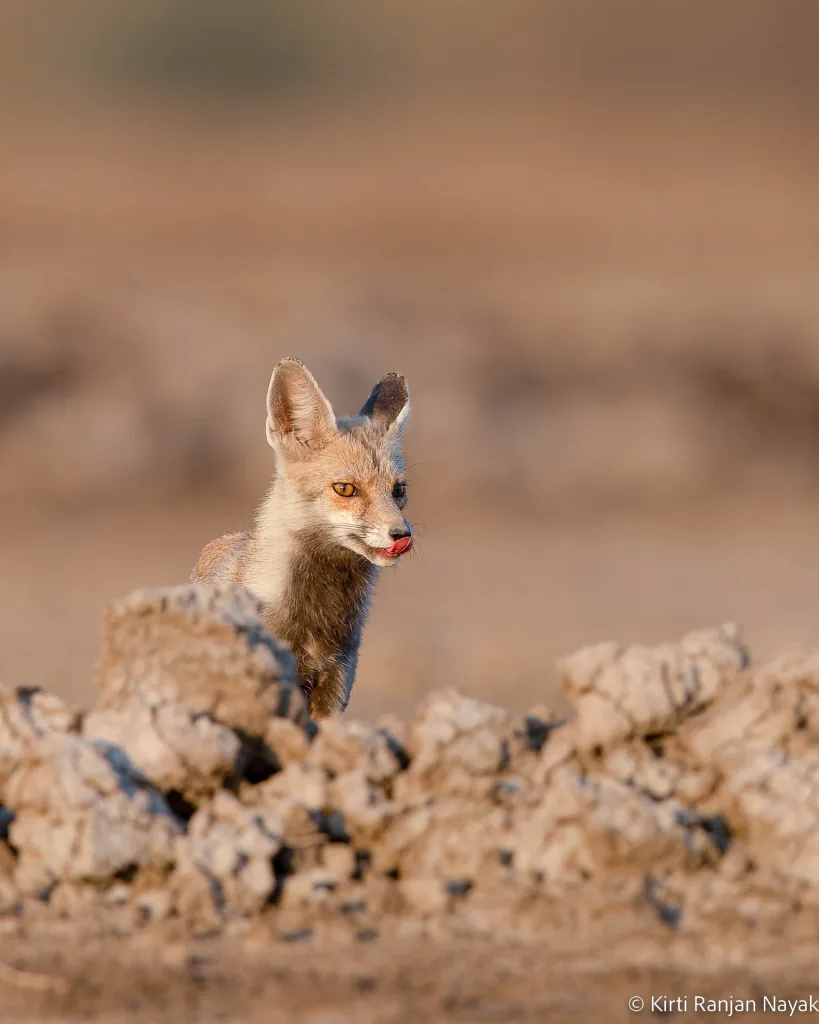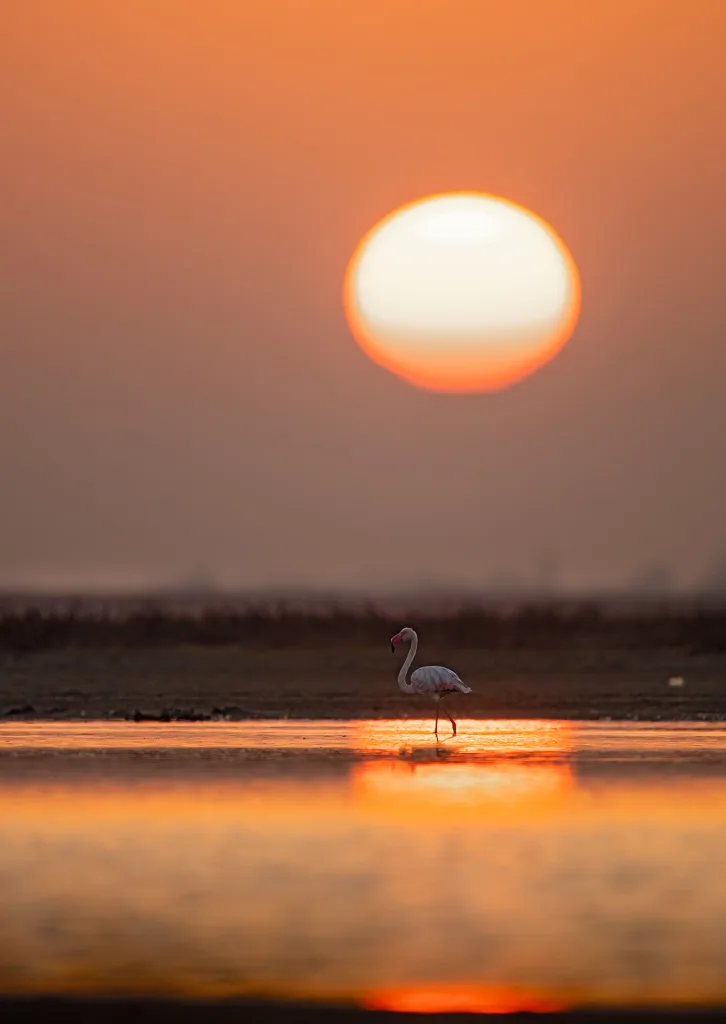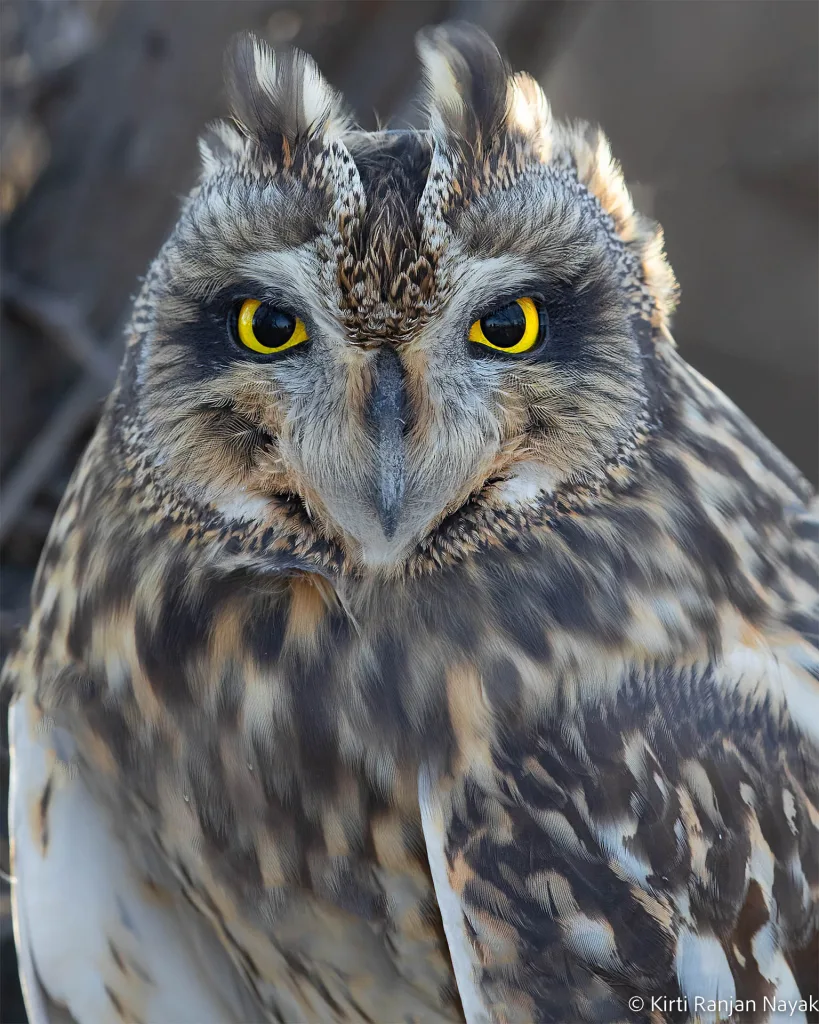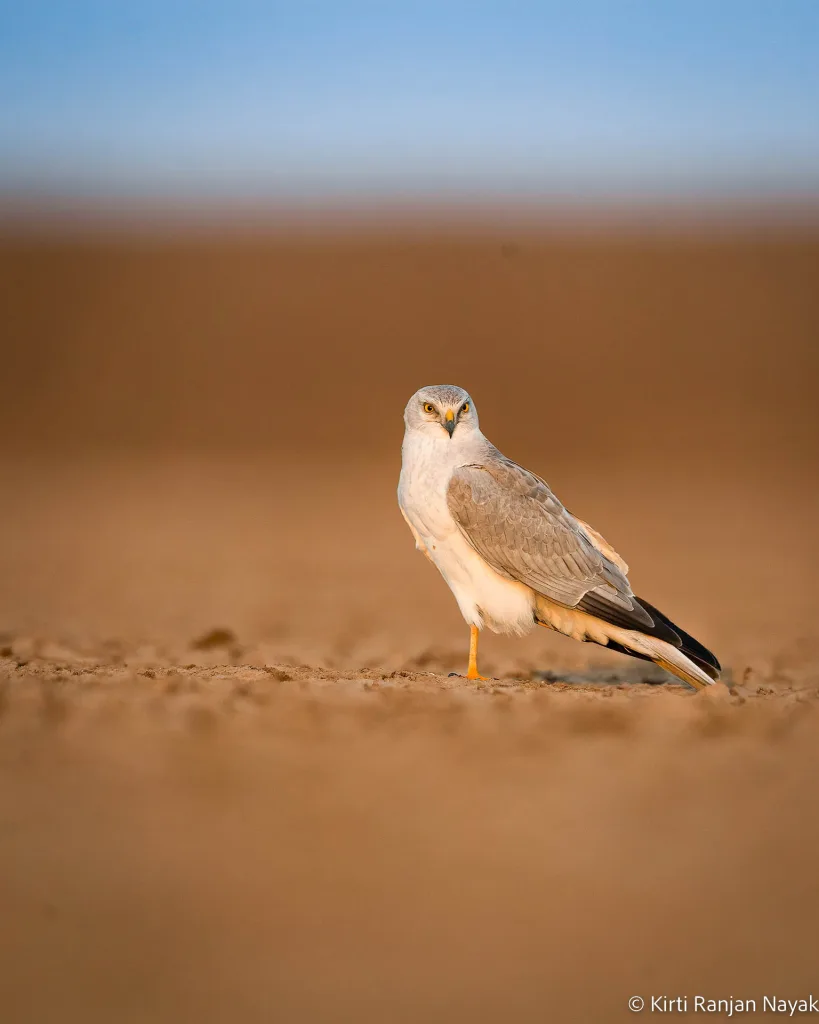Wildlife of Rann of Kutch

The Little Rann of Kutch is a unique and diverse ecosystem located in the state of Gujarat, India. Spanning over 5,000 square kilometers, this vast salt marsh is home to a variety of wildlife, including rare and endangered species. In this blog, let’s talk about the animals and birds that can be found in the Little Rann of Kutch.
Asiatic Wild Ass
The Asiatic Wild Ass, also known as the Indian Wild Ass, is one of the most iconic animals of the Little Rann of Kutch. This majestic creature is the last remaining species of the wild horse family found in India. The Little Rann of Kutch is home to the world’s largest population of Asiatic Wild Ass, with an estimated 4,000 individuals. These animals are well adapted to the harsh desert conditions and can survive for prolonged periods without water. They are primarily grazers and feed on a variety of plants such as grasses, shrubs, and herbs. The Asiatic Wild Ass is a critical part of the ecosystem of the Little Rann of Kutch, and their presence is an essential indicator of the health of the region.
Indian Wolf
The Indian Wolf is another animal that can be found in the Little Rann of Kutch. They are a subspecies of the grey wolf and are well adapted to living in arid and semi-arid regions. These wolves are known for their unique hunting strategy, where they work together in packs to take down larger prey such as deer and antelope. The Indian Wolf is a critical predator in the ecosystem of the Little Rann of Kutch, and their presence helps to maintain a healthy balance of herbivores and carnivores.
Chinkara
The Chinkara, also known as the Indian Gazelle, is a graceful and elegant antelope that can be found in the Little Rann of Kutch. They are known for their speed and agility and can run at speeds of up to 80 km/h. These beautiful creatures are primarily grazers and feed on a variety of grasses, herbs, and shrubs. Unfortunately, the Chinkara is an endangered species due to habitat loss and poaching.
Desert Fox
The Little Rann of Kutch is also home to the Desert Fox, a small and elusive predator that is well adapted to living in the desert. They are known for their keen senses and can locate prey using their excellent hearing and sense of smell. The Desert Fox primarily feeds on small mammals such as rodents, as well as insects and reptiles. Despite their critical role in the ecosystem of the Little Rann of Kutch, the Desert Fox is also an endangered species due to habitat loss and poaching.
Indian Desert Jird
The Indian Desert Jird is a small rodent that is well adapted to living in the desert. They are known for their burrowing habits and are able to survive in the harsh desert conditions by living in underground burrows. The Indian Desert Jird primarily feeds on seeds and insects and is an important prey species for many of the predators in the ecosystem of the Little Rann of Kutch.
Greater Flamingo
The Greater Flamingo is perhaps the most iconic bird species of the Little Rann of Kutch. These majestic birds can be found in large flocks in the shallow waters of the salt marsh. The Greater Flamingo is easily recognized by their long, slender legs and their distinctive pink coloration. They primarily feed on small crustaceans, algae, and other aquatic invertebrates. The Little Rann of Kutch is one of the most important breeding sites for the Greater Flamingo in India, and their presence in the ecosystem is an essential indicator of the health of the region.
Indian Courser
The Indian Courser is a unique and elusive bird species that can be found in the Little Rann of Kutch. They are well adapted to living in arid and semi-arid regions and are known for their fast running and agility. The Indian Courser is a ground-dwelling bird and feeds primarily on insects and small invertebrates. Their distinctive, camouflaged plumage allows them to blend seamlessly into their surroundings, making them difficult to spot.
Short-Eared Owl
The short-eared owl is a fascinating bird species found in the Little Rann of Kutch, a unique salt marsh located in the state of Gujarat, India. These owls are relatively small, with distinctive “ear” tufts on their heads, which are actually just feathers. They have mottled brown and white feathers, which provide excellent camouflage in their natural habitat. Short-eared owls are primarily active during the day, and they are known for their distinctive, floating flight style as they hunt for prey such as small rodents, insects, and even other birds. Their presence in the Little Rann of Kutch adds to the rich biodiversity of this important ecological region.
Pallid Harrier
The Pallid Harrier is a magnificent bird of prey that can be found in the Little Rann of Kutch, a unique salt marsh in Gujarat, India. These harriers are relatively large, with strikingly pale plumage that sets them apart from other harrier species. They are skilled hunters, using their keen eyesight and agile flight to catch prey such as rodents, small birds, and insects. The Little Rann of Kutch provides a vital habitat for these birds, and they can often be seen soaring above the vast expanse of the marshlands. However, the Pallid Harrier population is under threat due to habitat loss and human activities, making conservation efforts crucial for the survival of this beautiful species.
Painted Stork
The Painted Stork is a large and colorful bird that can be found in the Little Rann of Kutch. They are well adapted to living in wetlands and are known for their distinctive, bright pink coloration and their long, slender legs. The Painted Stork primarily feeds on small fish, insects, and crustaceans. The Little Rann of Kutch is one of the most important breeding sites for the Painted Stork in India, and their presence in the ecosystem is an essential indicator of the health of the region.
Kirtiranjannayak


